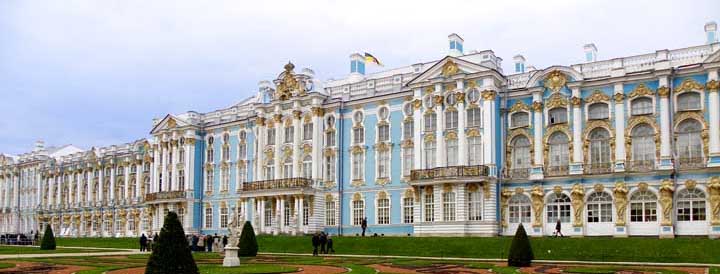Architecture Around the World
Rococo Style FURNITURE
.............................. Architecture
Styles
Rococo
1715-1775

Some historians argue that the Rococo is a style, but others claim that the Rococo is not a style in its own right, but rather the last phase of the Baroque. The latter group would argue that the great breaks in European art and thought took place at the beginning of the Baroque and again at the beginning of Neoclassicism.
The Rococo is chiefly represented by a type of decoration initiated in France, by lightness in color and weight, where the Baroque had been dark and ponderous, and, in south Germany and Austria, by a great spatial complexity, which, however, is the direct continuation of the Baroque complexity of Boromini and Guarini.
Rococo is often asymmetrical and abstract - the term fort his is rocaille - with shell-like, coral-like forms and many C- and S- curves. Naturalistic flowers, branches, trees, whole rustic scenes, and also Chinese motifs are sometimes playfully introduced into rocaille.
In French exteriors, the Rococo is only noticeable by a greater elegance and delicacy.
England has no Rococo, apart from occasional interiors. But the playful use of Chinese, Indian, and also Gothic forms in garden furnishings can well be ascribed to Rococo influence.
See also: Rococo style furniture
- Illustration above: Catherine Palace, St. Petersburg, Russia
- The Piarist Church, Cracow, Poland
- Asams' Church
- Residence Museum, Munich, Germany
- Kinsky Palace, Prague, Czech Republic
- Tower - St. Nicholas Church, Lesser Town Square (Little Quarter Square), Prague, Czech Republic
- Catalonian National Art Museum, Barcelona, Spain A. J. Defehrt engraving
- Hermitage Museum, St. Petersburg, Russia
